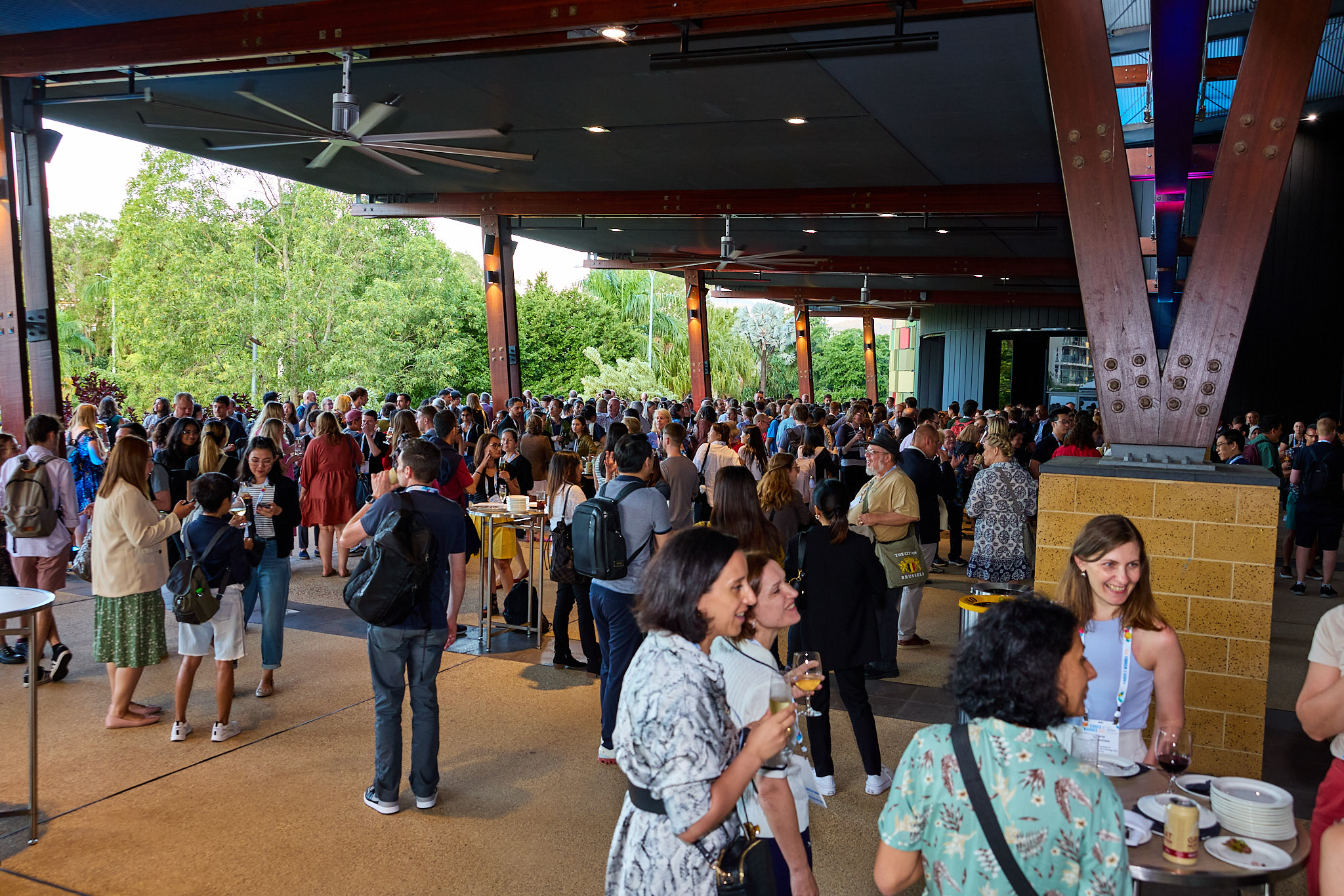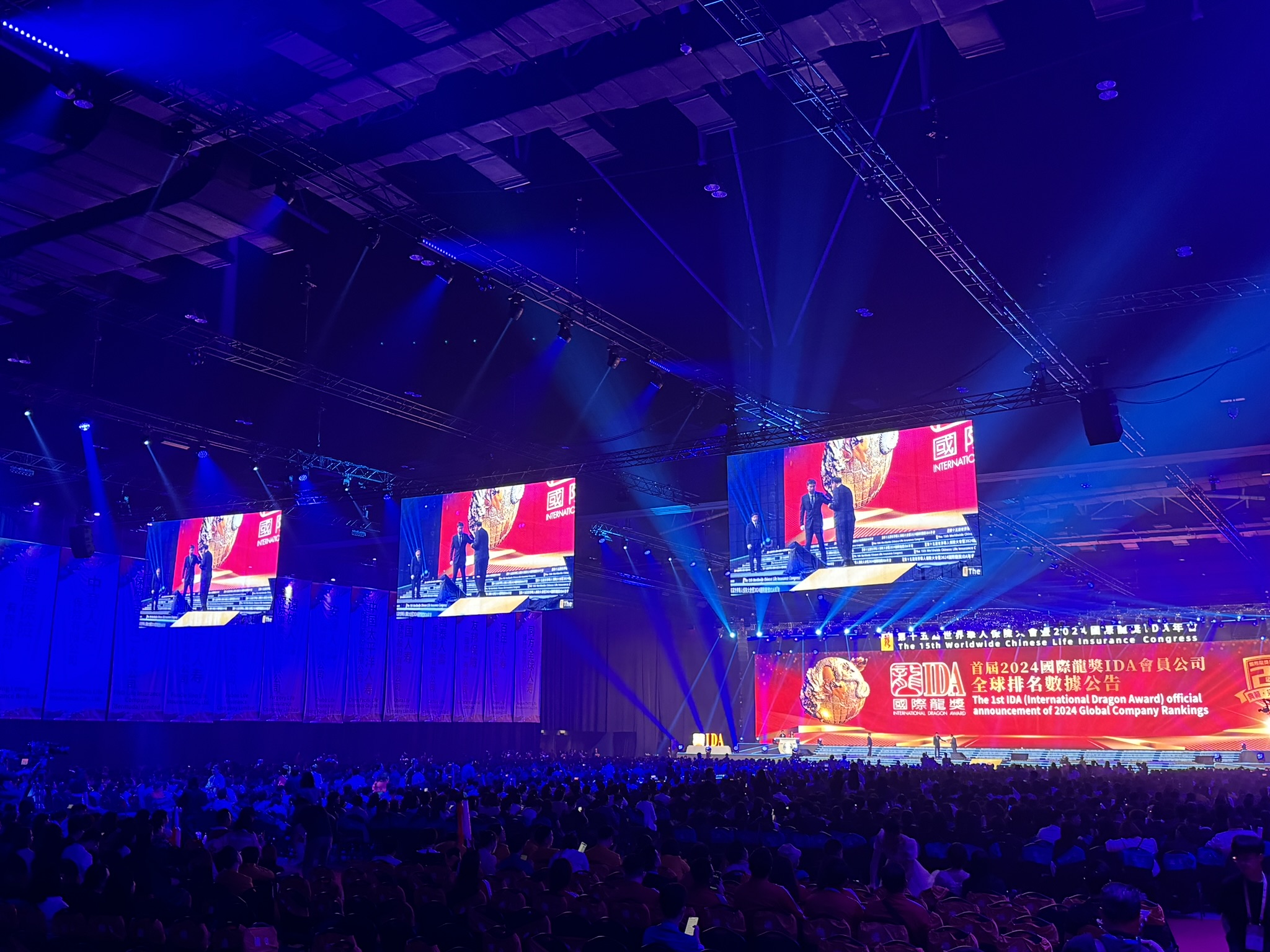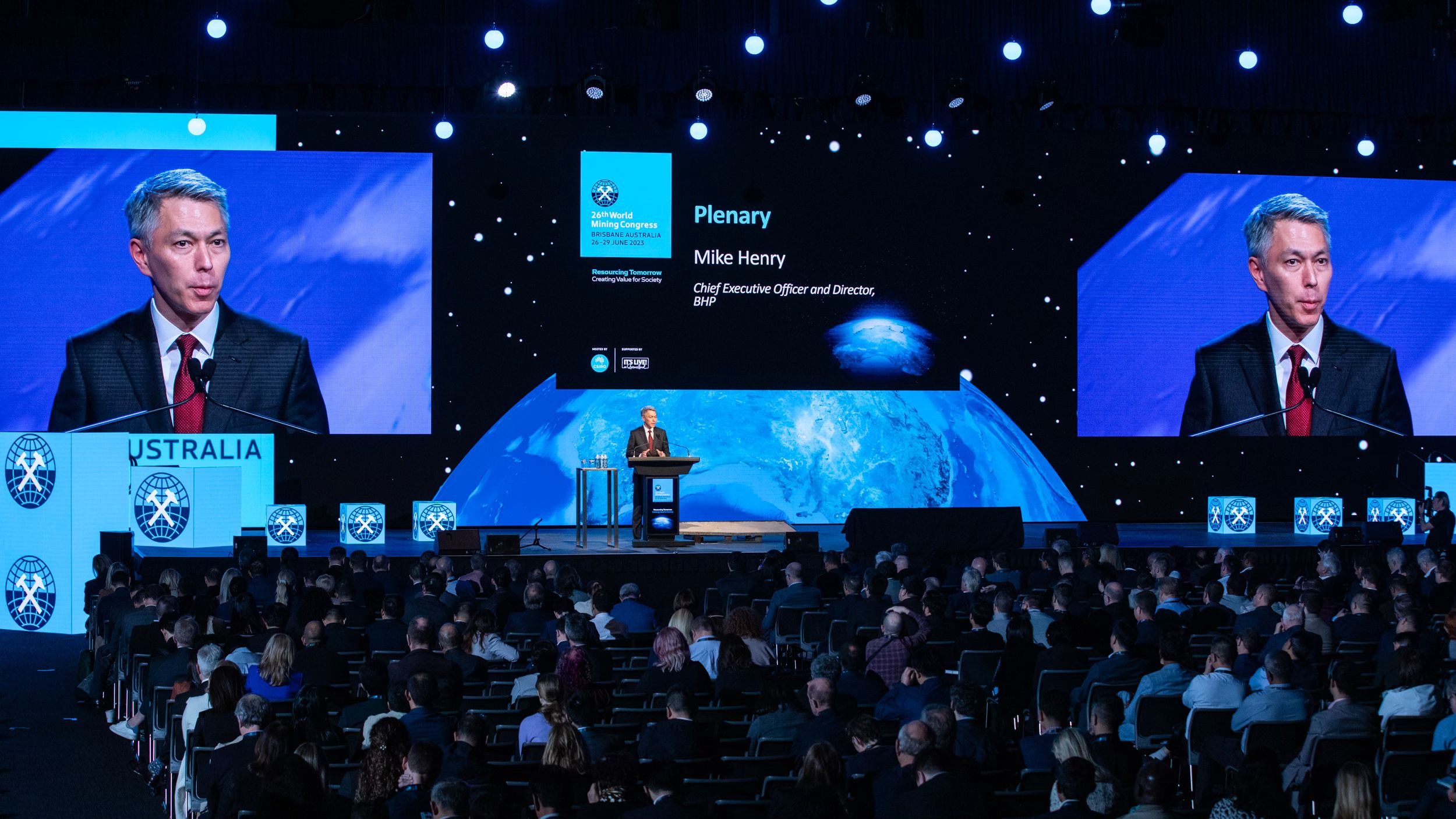Properly handled, business events can provide an excellent platform for generating positive media coverage to support your company’s marketing and public relations strategy.
First, event organisers should consider whether they have the expertise and knowledge to promote their event in-house or if they would achieve more by outsourcing to a professional and conserving in-house resources.
Unless you have good contacts within the media you are targeting, excellent writing skills and knowledge of how the media works, you are better off outsourcing to a public relations or communications consultant.
Consider whether you have the right resources in-house. Do you know the media you wish to contact? Do you have contact lists? Do you understand how to work with journalists’ deadlines, find different story angles for various publications, and have the skills necessary to write your own articles if required?
If you decide to consider a consultant, then be sure to prepare a brief that outlines your aims and objectives. Think about where you would like to gain coverage of your event and why. Be realistic. If your event is not of general interest to consumers, or if your speakers are not presenting anything new, then television current affairs programmes will have no interest in your event.

Getting Started
So first, think about the nature of your event. Is it a trade event that may have some broader general community interest or is it industry-specific? Is it a consumer event that raises issues, or of pure entertainment value? Who are your target audience and what are the key messages you want them to receive?
Are you staging an event to promote your destination? Will it have global or regional appeal? Do you need to bring the journalists to the destination and do you have the budget to do that? And if you do bring them, what will you show them and how will you manage their visit?
Events such as trade shows and conferences should look at briefing their in-house communications or outside consultant 12 months in advance. This allows time for the communication team to work with the event committee to ensure information is provided to them on time.
A campaign for a trade conference or event requires a longer lead time as the key industry publications in your target market may only be published quarterly, bimonthly or monthly.
These publications also tend to have longer lead times, so you may have to submit information up to eight weeks or more prior to publication.
I like to work with a client 12 months in advance for an industry conference or event and six months ahead for a consumer or public event.
It is also important to have time to plan the strategy required in order to maximise coverage of the event by finding a number of different story angles for a variety of media outlets.
Match your media
If your event is for a particular industry then your first stop is with the publications which cater for that industry. Put together a list of all the industry print and online publications, their editors and key journalists. Find out their editorial deadlines for each issue, and work out how many issues you can get coverage in prior to your event.
If you are working to a tight budget, consider which are the most important of these publications. Find out which magazines are rated highly in your industry, their circulation and readership figures. Speak to the editors of these publications directly about your objectives and how you might work together to provide newsworthy stories for them. If you have two or three important publications to work with, think about how you can give each of them different material. You will get better results if you provide different content, or a variation of the content, to each publication.
At the beginning of a campaign, you will only have general information and at this stage it is acceptable to send one media release to all the publications. As you get closer to the event, try to retain some newsworthy information for the key publications only.
Many events will required both trade and consumer publicity. If you want to gain mainstream media attention you must have the resources to provide for the media needs. At a major conference, a team of two or three people will be required to deal with media enquiries throughout the event.
You need to be releasing new information on the conference and speakers each day, as well as locating speakers during the conference and arranging interview times with them, facilitating all contact between media, speakers and event organisers, and ensuring background information is provided to journalists to enable them to meet their deadlines.
Gaining this type of exposure is particularly valuable to the event organiser. It provides recognition for the speakers and creates a real buzz around the event because the attendees know that the issues which are important to them are being heard and talked about by the media and consumers.
Know your Audience
You should also recognise that trade journalists will be interested in more technical stories and industry issues which may not be newsworthy to consumer media. Understand that if you wish to receive mainstream media coverage you will need an angle that is going to be of general community interest, or of interest to the business pages.
The consumer media is looking for news. Ensure that any material you send them has not already been covered by the media. Think about whether it has broad general appeal. Think about the sections in the newspaper, or the type of stories run by a television programme, and consider whether your story would be suitable.
If you are targeting radio then the listeners cannot see your product. Would it be better for television or newspapers? If you are targeting TV, do you have anything that would make good visuals? You need more than just a talking head to make the story work. If you are targeting newspapers, do you have a photo opportunity? If your story is about an industry issue, can you put your spokesperson in a place that visually illustrates the issue? For example, if the issue relates to the number of tourists arriving in your country by cruise lines, or by air, then a port or airport might be your best location.
Email: janelle@schreiberpr.com.au
DO
Think like a journalist and give the media a story.
Provide different story angles to different media outlets.
Be available – be prepared and knowledgeable about your event so that you do not miss any opportunities.
Be enthusiastic – it is your job to sell your event to the media.
Write factual, one-page media releases that will attract interest.
Return calls from journalists promptly.
Set measurable objectives and monitor your achievements.
Understand any negative issues that may arise and have a plan for how to deal with them.
Work closely with the event committee and ensure you have access to the key spokesperson and speakers or VIPs.
If you have a media office set up at your event ensure it has the right equipment to enable journalists to file stories quickly.
DON’T
Forget your research – the PR person should know the event backwards and be able to answer almost any question. If you can’t, get the answer quickly.
Miss deadlines – no excuse!
Be late – PRs should always manage their time well to ensure speakers get to interviews on time or earlier. If you are late for an interview it is your fault for not managing the situation.
Imagine that one media release covers all markets – find suitable angles for each market segment.
Lose your temper – there is always one jet-lagged speaker, one egotist, someone who has done an hour’s media training and knows more than you, and one person who agrees to an interview and then says nothing. Buy them a drink, take them to dinner, make a call to put them in contact with their girlfriend, their wife, their husband or their lover, but never lose your temper.
WORTH A THOUSAND WORDS
• A good photograph can enhance your story, make it more noticeable, and draw readers to a topic they might otherwise have missed.
• If you are sending photographs to publications, always try to make them something more interesting than a head-and-shoulders shot or a venue shot. Consider how an exciting image, that is different from your competitors’, will make your story stand out.
• Always send high-resolution shots for print publication and lways send low-resolution shots for websites and online newsletters.
• Consider your audience. If you are working on an international event and sending images to publications worldwide, consider what different countries will be looking for. They are more likely to use shots that show that their country is represented. Try to cater for each region by including what they would want to show to their market.
• Newspapers have pictorial departments and staff photographers and they prefer to use their own photographs. Unless requested to send a shot, you are better off thinking up an exciting idea for a photograph and then having the newspaper’s photographer take the shot.
MAKING HEADLINES
One event Schreiber PR works with regularly is for an association whose members are food scientists. While their conference presents highly technical information, there are often extremely newsworthy stories to be found that will receive wide mainstream publicity.
The key to achieving extensive media coverage of these types of events is to translate the technical jargon into the basic issues. Spell out the benefits to the community that the scientific advances will provide.
For example, a scientific paper on the “Social determinants of obesity” gained widespread coverage in newspapers, television, radio and online in Australia when it became a question of whether Australia should introduce a “fat tax”. This was just one idea proffered in the paper but we were able to use it to catch media and public attention.
Another paper with the less than exciting title of “Improving supply-chain efficiency using new packaging technology” also gained front-page coverage and national and international exposure from our media release entitled “Packages that talk”.
THE BRIEF
Be sure to provide a concise brief whether your communications team is in-house or outsourced:
Name, date and venue of the event.
Explanation of the type of event – programme, exhibitors, speakers, VIPs, target audience.
Event objectives – is it to educate, entertain, attract new members, retain members, present industry findings?
Communications objectives – what messages do you wish to see in the media?
Key target markets – who do you wish to attract to your event?
Key target media – what type of media would you like to attend?
Is the event open to media to attend? Are there any issues that you should consider before inviting media?
Starting date for the communications campaign.
Approximate budget.


